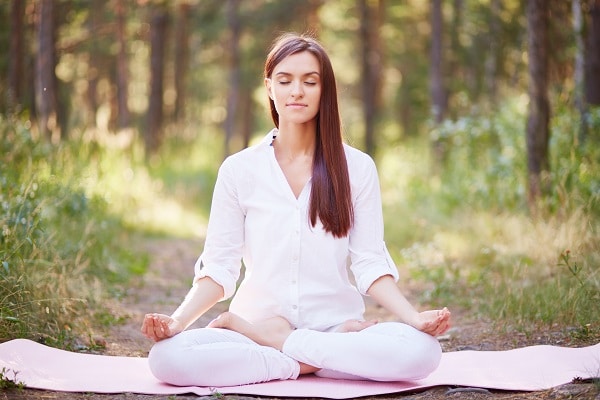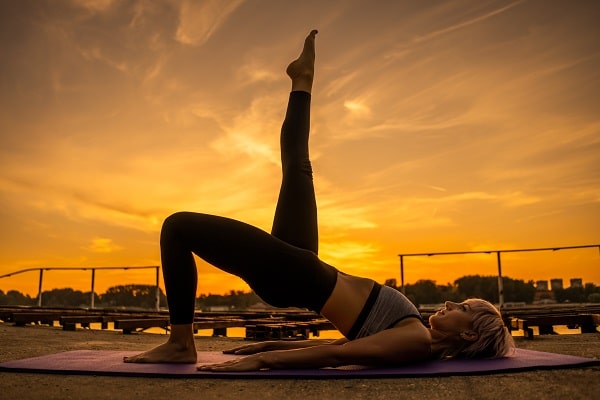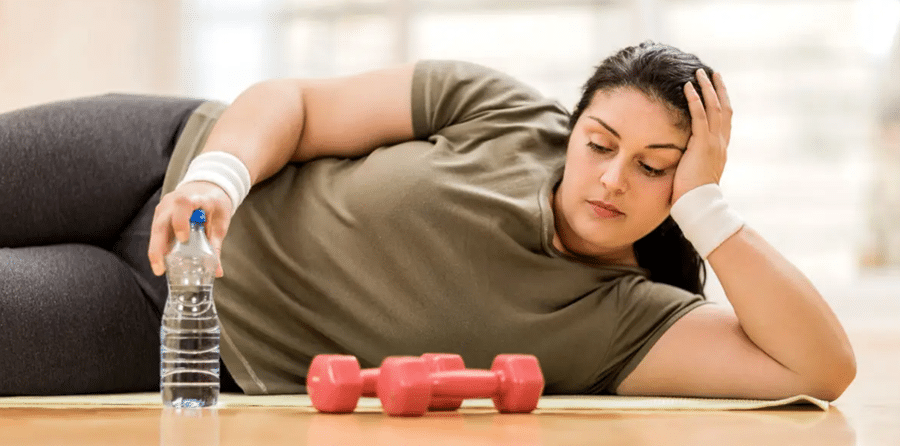Yoga, now a common route to health and wellness amongst millions of United States residents, was once an unheard-of practice within the Western world. Many people trace the commonness of yoga to a crucial event and an essential figure: in the year 1983, a Hindu monk, Swami Vivekananda, delivered an address to a huge gathering in Chicago. In his address, Vivekananda portrayed himself as ‘a much-reviled preacher’ and presented his American audience with the gift of yoga.
However, the current forms of yoga that the United States is familiar with today are very different from tVivekananda’s ones. His approach did not involve the flowing asanas postures or sequences that are presently associated with the practice. The preacher said yoga was a matter of psychology, philosophy, and self-improvement and taught his followers to ‘stand like a rock; you are indestructible.
Contents
- 1 Benefits Of Yoga:
- 2 1) Improves Balance, Strength, And Flexibility:
- 3 2) Eases Back Pain:
- 4 3) Reduces Arthritis Symptoms:
- 5 4) Improves Heart Health:
- 6 5) Leads To Better Mood And Improved Energy:
- 7 Styles Of Yoga:
- 8 1) Kundalini Yoga:
- 9 2) Vinyasa Yoga:
- 10 3) Hatha Yoga:
- 11 Gear For Yoga:
- 12 1) Yoga Towel:
- 13 2) Blocks And Straps:
- 14 3) Yoga Wrist And Knee Pad:
- 15 The Link Between Yoga And Meditation:
- 16 How To Decide The Best Yoga Style For You?
Benefits Of Yoga:

1) Improves Balance, Strength, And Flexibility:
With deep breaths and slow movements, you can warm your muscles up and increase the flow of blood. Moreover, since yoga requires you to hold certain postures, it also contributes to strength development.
2) Eases Back Pain:
When it comes to improving mobility and easing pain for those suffering from backaches, yoga is as effective as a lot of basic stretching. In fact, according to the American College of Physicians, yoga should be used as a first-line treatment for people struggling with chronic lower back pain.
3) Reduces Arthritis Symptoms:
With gentle yoga, people suffering from arthritis can ease the discomfort associated with swollen and tender joints.
4) Improves Heart Health:
With regular yoga, people can reduce their stress and inflammation levels as per research conducted by healthier hearts. Moreover, several factors that contribute to heart diseases, such as obesity and high blood pressure, can also be controlled by yoga.
5) Leads To Better Mood And Improved Energy:
Yoga helps you boost your physical energy, mental energy, alertness, and overall enthusiasm. People who get into regular yoga practicing also report fewer instances of negative mood.
Styles Of Yoga:

1) Kundalini Yoga:
The yoga sequences associated with Kundalini have been structured to release the energy in your spine, improve your mood, and reduce feelings of depression and anxiety. This yoga is often performed along with meditation, singing, chanting, and white attire to deflect negativity and boost the aura. Kundalini typically commences with a mantra, followed by breathing exercises, warmups, challenging poses, and concludes with meditation and relaxation.
2) Vinyasa Yoga:
This yoga style is also referred to as ‘vinyasa flow’ or ‘flow yoga and is one of the most common yoga styles. The translation of the word ‘vinyasa’ is ‘place in a special way,’ which often means establishing a link between movement and breath. Words like mindful, dynamic, and slow are often associated with vinyasa.
Vinyasa yoga is just as suitable for expert yogis as it is for those just starting.
3) Hatha Yoga:
The Hatha yoga gets its name from the Sanskrit words for moon and sun and has been designed to balance opposing forces. This balance is often developed from flexibility and strength, mental and physical energy, and the body and the breath. According to Jennifer Campbell-Overbeeke, E-RYT 500, “Hatha is a blanket term for many different ‘styles’ and schools that use the body as a means for self-inquiry. ‘Hatha’ translates to ‘forceful,’ but this relates more to the aspect of concentration and regularity of practice rather than applying unnecessary force to the body.”
Hatha is used to define the more physical side of yoga and has a more traditional nature. It is also considered to be a yoga form for beginners.
Gear For Yoga:

1) Yoga Towel:
Mats are not often endurable, and that is where towels come into play. A full-length towel not only can increase the endurance of your mat but also improve your hygiene. Towels are easy to clean and wash in a machine. So, if you use a yoga mat from a studio, using a towel can help you create a barrier between you and all that likely funk.
2) Blocks And Straps:
The right kind of alignment is crucial, whether you are a beginner or attending your hundredth yoga class. People with limited flexibility can use blocks and straps for improved alignment. A lot of studios keep them handy, so you can give yourself a trial run before deciding to buy one for yourself. Seek your instructors’ help in learning how to use blocks and straps so that you can add effectiveness to your home practice sessions. With blocks, you can build amazing strength and increase the depth in your postures.
3) Yoga Wrist And Knee Pad:
People who have been into yoga for a while know that it can take a toll on your joints – particularly the hands, elbows, knees, shoulders, and wrists. Pads provide soft cushions for your joints and help you avoid those pains and aches.
The Link Between Yoga And Meditation:

There is a close connection between yoga and meditation. Both practices emphasize uniting the body, spirit, mind, and emotions via breathing rhythms. Moreover, both stress focusing on the present moment and releasing any regrets about the past or worries about the future.
How To Decide The Best Yoga Style For You?

The best yoga style will depend upon the objective you are trying to achieve. For instance, if you want to become svelte, you should go with the Ashtanga-Vinyasa Yoga, while people looking to increase mobility and gain stability can benefit from Iyengar yoga. If you want to sweat more, Bikram Yoga is the right choice for you, while if you want to become more centered, you should go with Integral Yoga. The Kripalu Yoga is a good choice for those looking to develop compassion and acceptance, while someone looking to ignite their creativity and passion should consider Kundalini yoga.



I do Iyengar Yoga with a certified studio. It’s an important style because of the training of instructors and also
the use of props.
Bertha Mo, Ph.D., MPH